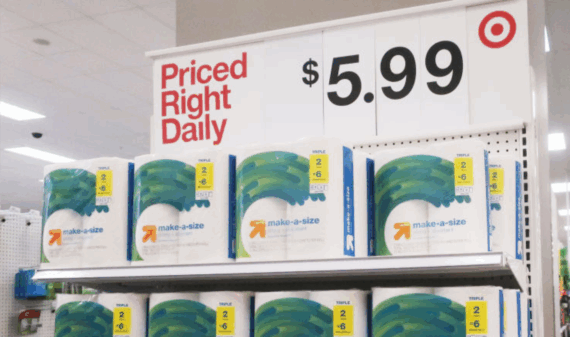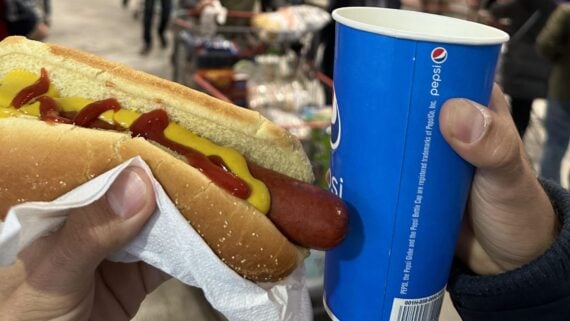Prices are continuing to climb, as is the number of big-name retailers that are implementing price hikes. This comes months after President Donald Trump announced a new round of import tariffs, including a flat 10% on most goods and up to 50% on products from places like China, Vietnam, and Indonesia.
Recent analysis from Tax Foundation, shows retail prices are now about 4.9% points above the pre-tariff trend. The data, compiled by Harvard economists using real-time barcode tracking, suggests that imported goods have risen 6% on average, while domestic products are up 4.3%.
While most major grocery and big-box chains raised prices almost immediately after the May announcement, in the months since, more brands across apparel, furniture, and consumer goods have followed suit.
Take a look at the retailers that have raised prices, and find out which products were affected.
Walmart

On a mid-May earnings call, Walmart said it will raise prices on some products because of tariffs. CFO John David Rainey told CNBC, “We’re trying to navigate this the best that we can. But this is a little bit unprecedented in terms of the speed and magnitude in which the price increases are coming.” He said shoppers will likely see price hikes by late May and more in June. CEO Doug McMillon added that tariffs on imports from countries like China, Costa Rica, and Peru are putting pressure on prices for items like bananas, avocados, coffee, roses, toys, and electronics.
Macy’s
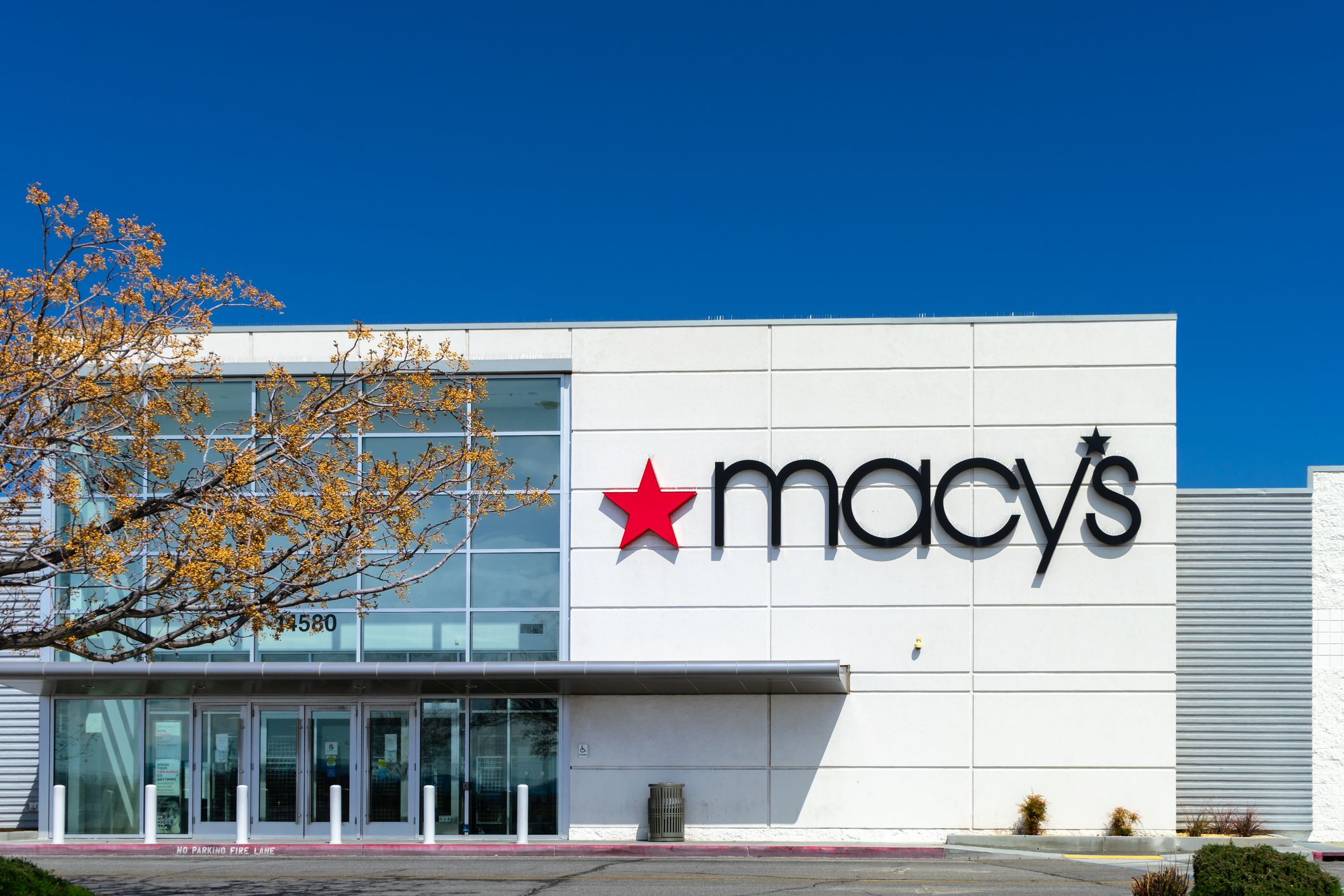
Macy’s is adjusting prices and trimming certain products as part of what CEO Tony Spring calls a selective approach to rising costs. “There are going to be items that are the same price as they were a year ago. There are going to be, selectively, items that may be more expensive, and there are items that we might not carry because the pricing doesn’t merit the quality or the perceived value by the consumer,” Spring told CNBC in a post-earnings call interview.
While Macy’s reported stronger-than-expected Q1 sales at $4.6 billion, it lowered its full-year outlook, citing cost pressures and changing shopper behavior. Spring also pointed out that Macy’s has more room to maneuver than most: “As a multi-category retailer, we have a lot of optionality. If something isn’t priced fairly, we’re not going to buy it,” he said during the company’s May 28 earnings call.
Best Buy
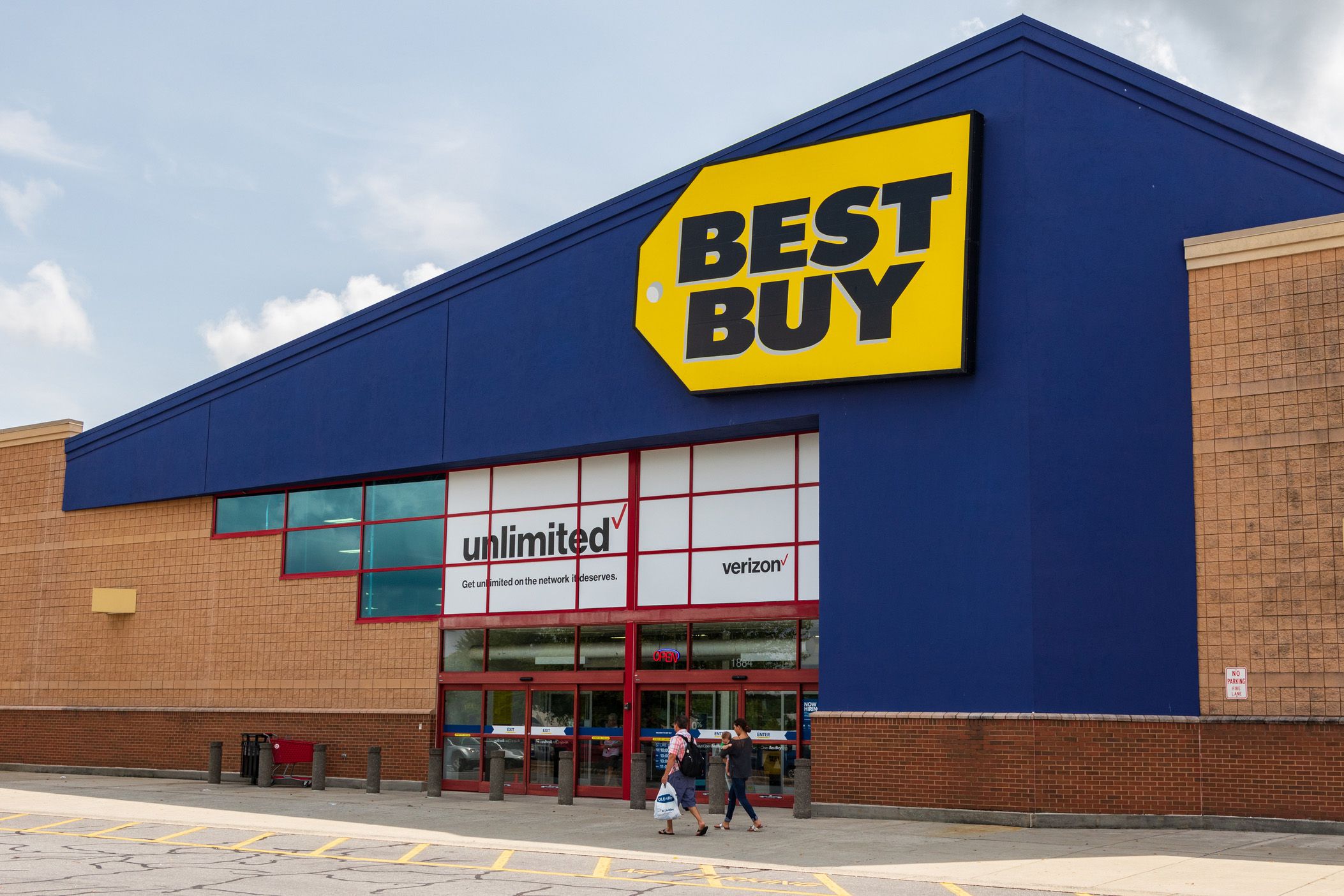
Best Buy raised prices on some products in mid-May to deal with higher import tariffs, CEO Corie Barry confirmed during a May 29 earnings call, as reported by CNBC. She called it a “last resort” after cutting costs in other areas. The company didn’t say which items got more expensive, citing competitive concerns.
Barry said about 30% to 35% of Best Buy’s goods still come from China, but the company has shifted more sourcing to countries like Vietnam, India, and Mexico to ease tariff pressure.
At the same time, Best Buy slashed its full-year sales and profit outlook, now expecting up to $300 million less in revenue than previously forecast. The retailer missed revenue estimates in Q1 and reported an 18% drop in net income.
Nike
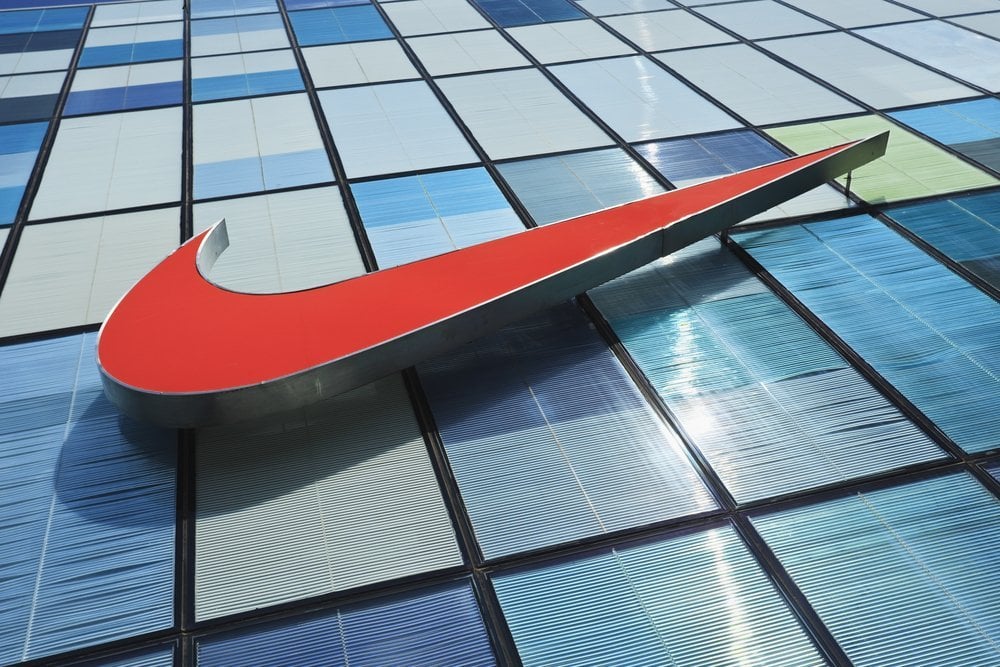
Nike raised prices across a range of products beginning on June 1. Best-selling items priced between $100 and $150 went up by as much as $5, while those over $150 increased by up to $10. The company says it’s part of seasonal planning, but the move came right as new tariffs on imports from China and Vietnam — where much of Nike’s manufacturing happens — went into effect. While Nike hasn’t directly blamed the tariffs, the timing raises eyebrows.
Target
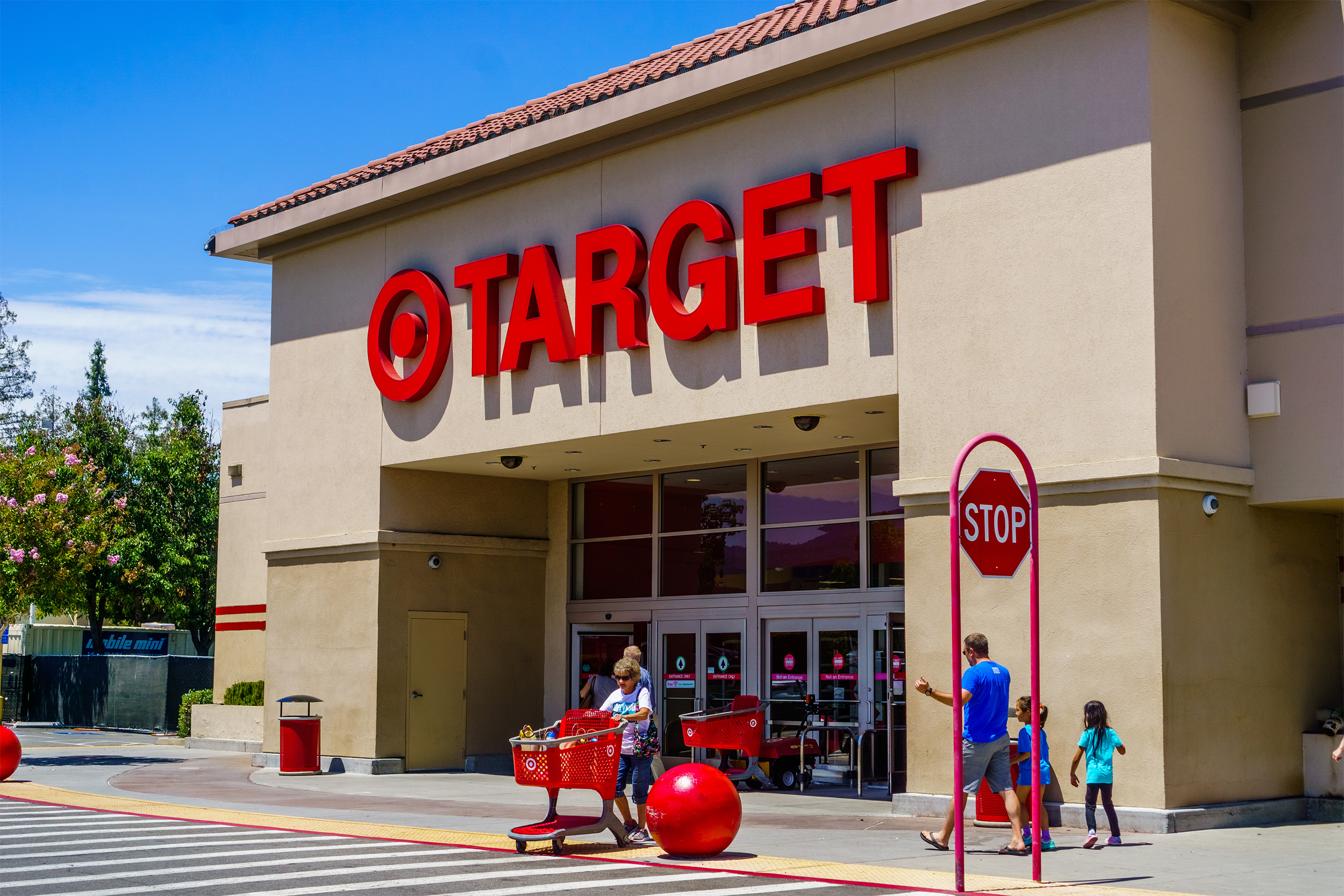
Target is trying to avoid big price hikes, but tariffs are already showing up on its shelves. While CEO Brian Cornell has called raising prices a “last resort,” some increases are happening. According to a Business Insider report, the price of a Baby Born doll jumped from $34.97 to $49.97 in May at Walmart — and Target quietly matched it soon after.
Trending on Cheapism
Costco
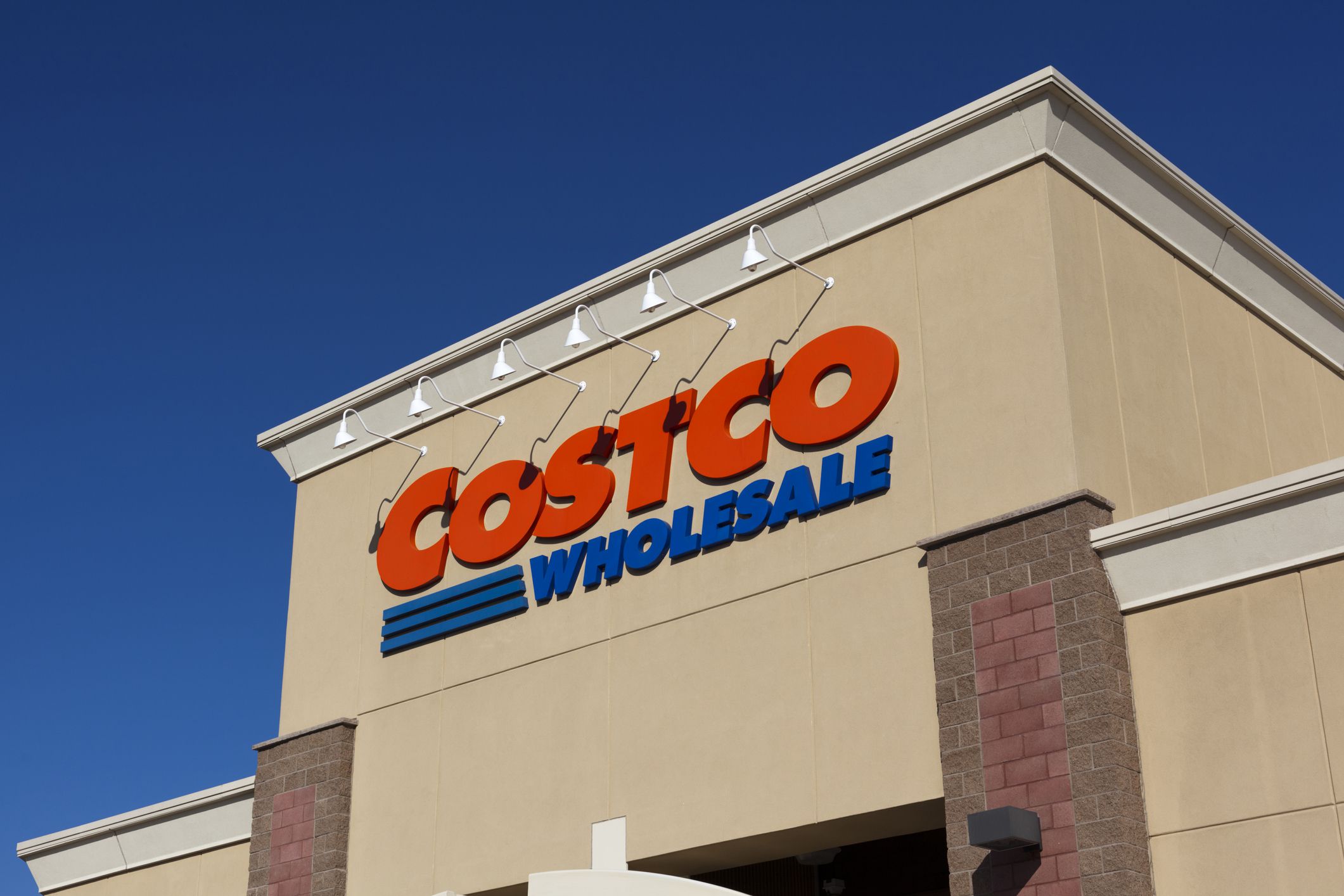
Costco is trying hard to hold its ground and resist the temptation to raise prices due to tariffs, saying it would be a last resort. However, some price hikes have already happened. During the company’s late-May 2025 earnings call, the company explained that while prices for staple goods like bananas and pineapples from Central and South America have been held steady to shield members from tariff impacts, prices for less essential items, such as flowers, might increase.
Mattel
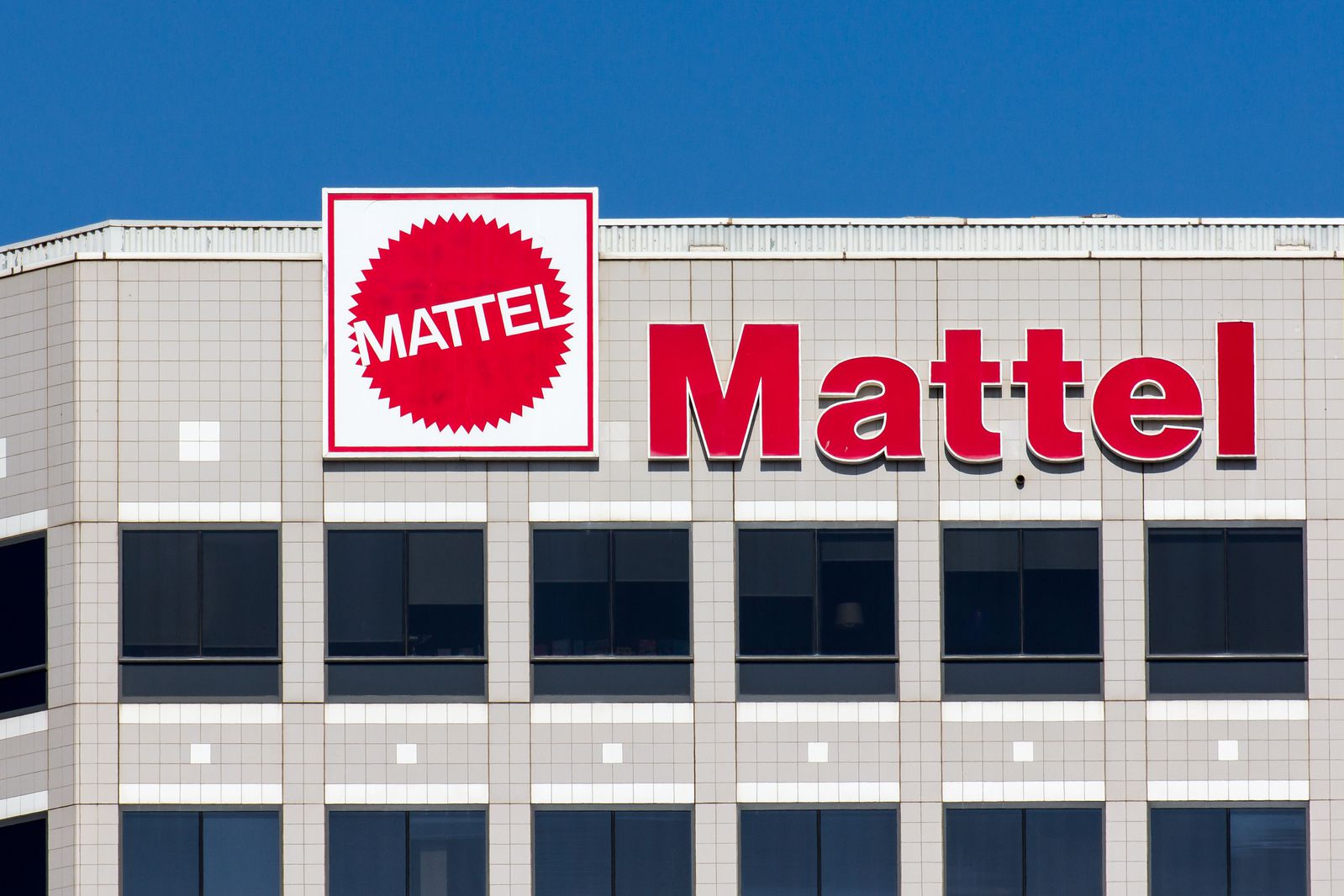
While not technicaly a retailer, Mattel is hiking prices in the U.S. after new tariffs on Chinese imports jumped a staggering 145%. The toy giant says the extra costs will hit its bottom line by around $270 million this year. To soften the blow, Mattel is shifting production of 500 products out of China — nearly double last year’s number — but it still expects up to 50% of its toys to stay under the $20 mark.
Home Depot

Home Depot was one of the few retailers that was trying to hold ground back in May when the tariffs were first announced, and said it wasn’t planning any price increases whatsoever. But in August, after reporting quarterly earnings, the home improvement retailer broke under pressure, and said that prices of imported good are noticeably higher now than they were at this time last quarter. “As you would expect, there will be modest price movement in some categories, but it won’t be broad based, ” said CFO Richard McPhail in an interview with The Wall Street Journal. About half of Home Depot’s inventory comes from outside the U.S., and higher import taxes have pushed up expenses even as quarterly sales rose 5% year over year. Net income, however, slipped 0.2%, which executives attributed to inflation, tariffs, and higher operating costs.
Sign up for our newsletter
IKEA
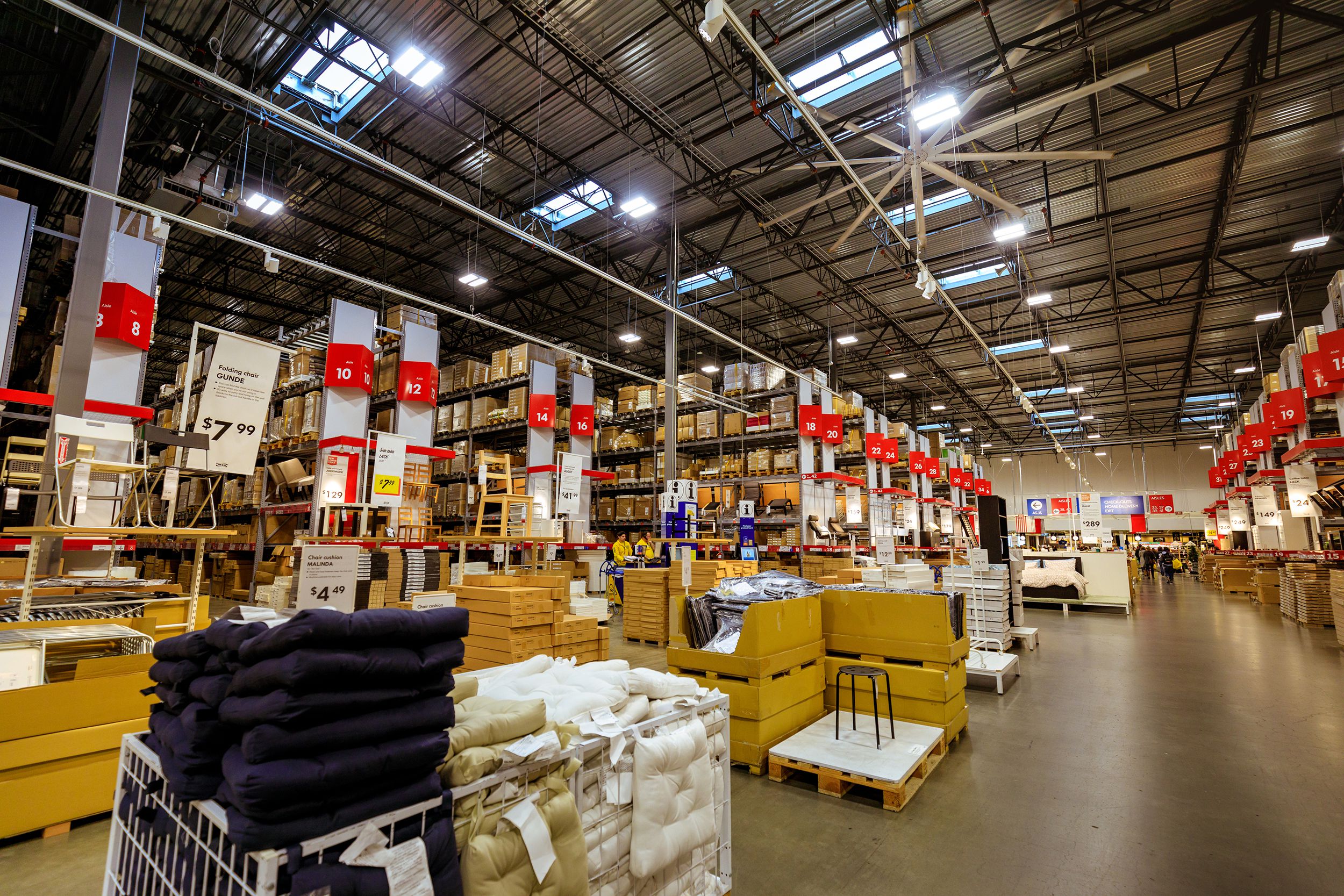
IKEA raised U.S. prices in response to new tariffs on imported wood and furniture products, reversing earlier plans to cut prices. The Swedish low-cost furniture retailer is one of the latest big names to raise prices after President Donald Trump announced new tariffs, effective October 14, including a 10% duty on softwood lumber, 25% on upholstered furniture, and up to 50% on cabinets and vanities by January 2026.
IKEA sources about 90% of its products from external suppliers worldwide, leaving it highly exposed to import costs. Sofas have reportedly increased by nearly $50, and bedroom sets have increased by $100.
Adidas
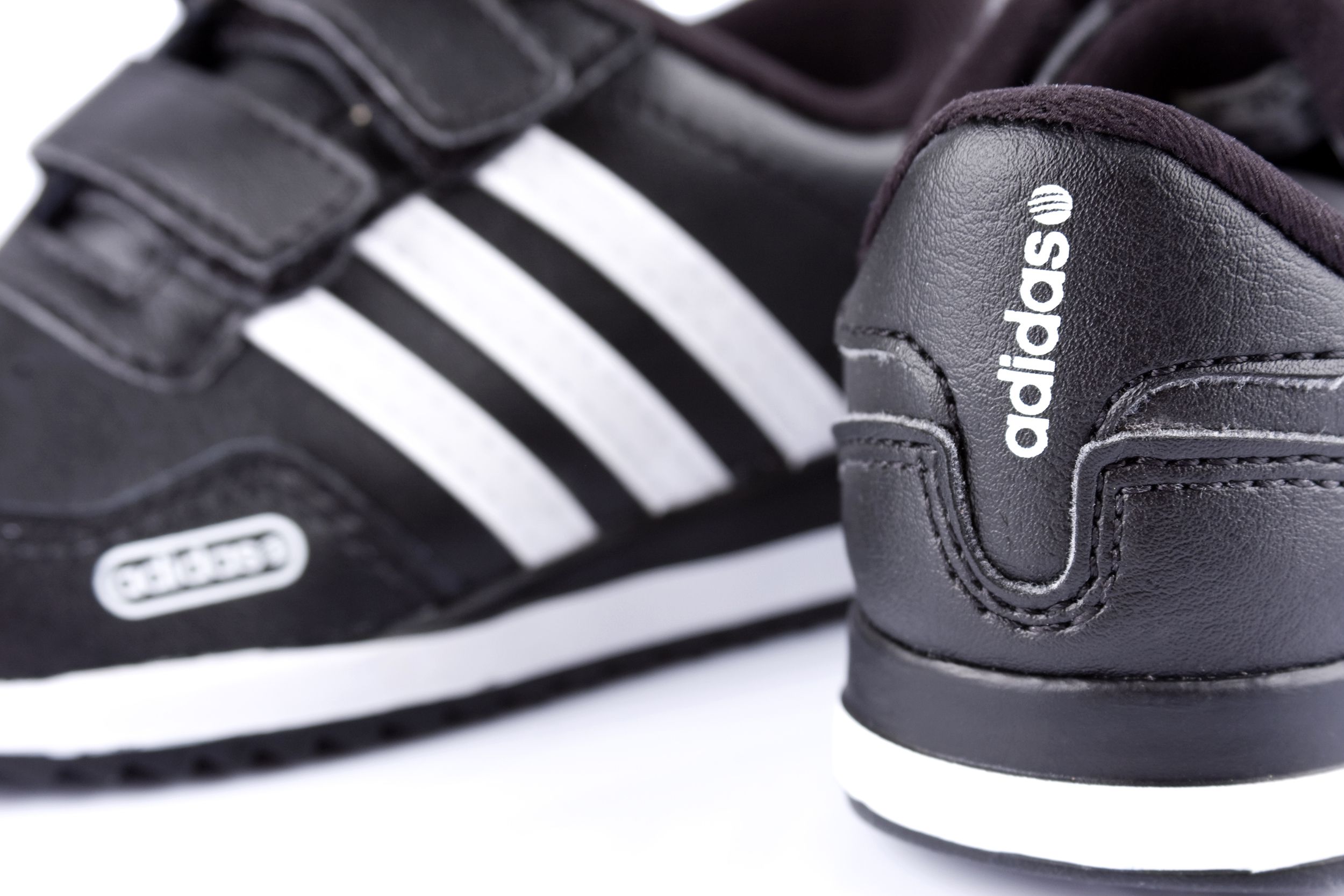
Adidas is also feeling the pressure from U.S. tariffs, and it’s starting to show in both prices and sales. The apparel retailer raised prices on some higher-end items, like its popular Samba sneakers, which now sell for about $100 instead of $90. CEO Bjorn Gulden said recently that American retailers are ordering less stock upfront as they wait to see how shoppers respond to higher prices. The company expects tariffs to shave roughly €120 million off its profits this year, down from an earlier €200 million estimate after offsetting some of the impact through price hikes and supply chain changes.
Swatch Group

Swatch is raising its U.S. prices after President Donald Trump’s 39% tariff on Swiss imports went into effect last month. CEO Nick Hayek told Swedish newspaper NZZ am Sonntag that the company will increase prices between 5% and 15%, depending on the brand. The hike covers models like the MoonSwatch Moonshine Gold, which now sells for $450 instead of $400.
Hayek said most American customers understand the increase is tariff-driven, not brand-driven, and added that sales in the U.S. remain strong — up about 15% year-over-year as of late August. Swatch also released a cheeky model called “WHAT IF…TARIFFS?,” featuring the numbers 3 and 9 reversed as a nod to the new import rate.
More retailer content:

- Outdoor Retailer REI Closing Locations In 3 States Next Year — REI announced plans to close three stores in 2026, joining Orvis and other retailers cutting back amid a financial slump.
- 8 Retailers That Will Buy Back Your Old Electronics — Take a look at these retailers that will buy used electronics back for store credit.
- How To Save Money With Retailers That Price Match Amazon — Here are a handful of retailers that will adjust their prices to match the e-commerce giant — plus a couple that won’t.
